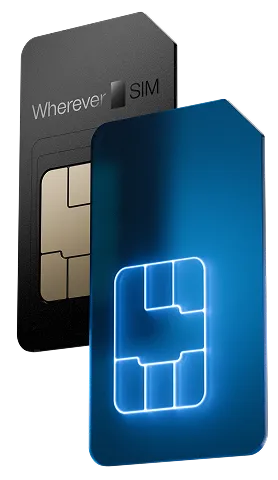Blacklisting of mobile networks
Blacklisting for M2M SIM cards makes it possible to specifically exclude certain mobile networks from establishing a connection, e.g. if there are special requirements for network availability or security.
In some countries, you have the option of blacklisting certain mobile networks. This allows you to prohibit your device from connecting to these networks.
In practice, however, such blacklisting is not always necessary for M2M SIM cards: In the case of uncontrolled roaming, our SIM cards automatically select the strongest available local network. This ensures an optimal connection and a targeted exclusion of individual networks is generally not necessary.
However, if you would like to specifically exclude certain networks, we will be happy to implement such individual requirements for you in some countries if required.
Blacklisting for M2M SIM cards makes it possible to specifically exclude certain mobile networks from establishing a connection - e.g. if there are special requirements for network availability or security.
The application may also require the exclusion of individual networks. For example, alarm system installers use our blacklist function to avoid a connection in non-VdS-certified networks.
Blacklisting and whitelisting in practice
In addition to mobile networks, it is also possible to add domains or email addresses to a blacklist or whitelist. The aim here is to limit and protect access to the SIM cards. What is on the blacklist is classified as untrustworthy and is not granted access. Those on the whitelist, on the other hand, are reliable and are allowed access.
You may already be familiar with a similar principle regarding blacklisting/whitelisting from your e-mail inbox: If you receive messages that are not clearly classified as trustworthy by the system, they either go straight to the spam folder or you are asked how this message should be classified.

